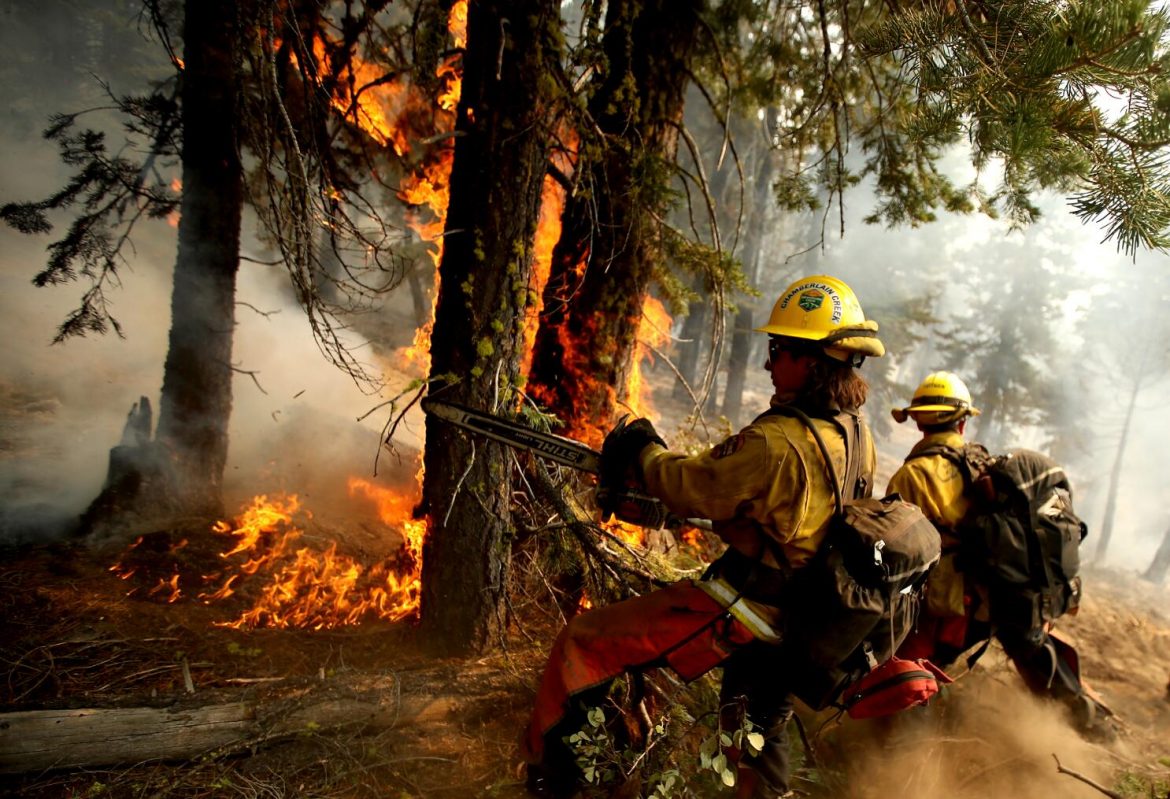Latest reports suggest that a brutal and long-lasting heatwave is threatening to wreak havoc across California this week, as sweltering conditions, power shutoffs and a severe uptick in wildfire risks coincide with 4th of July celebrations.
The dangerous weather event is expected to stretch for days with little reprieve. Starting Wednesday, parts of the state will be subject to “extreme” levels of heat risk – reaching the highest level on the National Weather Service’s index – that will last until Sunday or longer. In some areas, it is expected that life-threatening triple-digit temperatures could linger for longer than a week.
“This is going to be a severe, prolonged, potentially record-breaking heatwave that may have large impacts for much of California,” said climate scientist Dr Daniel Swain during a broadcast discussion of the heat event on Monday. The long duration will only add to the potential impacts and intensity, especially because little relief can be expected even after the sun sets. “It just isn’t going to cool off – even at night,” he said.
Read also: Seven confirmed dead after violent storms cause flooding in Switzerland, France and Italy
While central and northern California are expected to bear the brunt of this event, areas in the southern part of the state are also going to cook. Heavily populated centers and rural agricultural enclaves alike could see record-setting highs during the day as well as record overnight temperatures. In the Central Valley, the state’s agricultural hub, temperatures are expected to hover near 110F through the week without dropping below 70F.
Forecasters have warned the dangerous weather conditions will pose health risks to the majority of the population, especially those unable to access cooling. “These are places where, yes, it is hot in summer – but it’s not often hot like this, and certainly not for this duration,” Swain said.
The extreme weather will also set the stage for new wildfire ignitions that can quickly turn into infernos. An abundantly wet winter left landscapes across California coated in grasses that quickly dried as the weather warmed.
The yellowing hillsides and valleys are thick with fuel for fast-burning brush fires. Even deserts, typically-barren this time of year, are now primed to burn. “Unfortunately, I am not using the term ‘if wildfires develop’ because I think it’s inevitable during this event,” Swain said.
Story was adapted from the Guardian.
